Green Space Is in Hot Demand. Here’s How to Finance It.
Three cooperative strategies that work, from Casey Case of Gates & Associates.
One long-term impact of the pandemic is the public’s desire for more parks, greenspace and walkable environments. Parklets and hiking trails garnered much of the attention, but the demand is being seen across the board as planners, landscape designers and developers format new real estate projects.
The challenge is how to create greenspace amid today’s tight financial markets and challenging approval processes.
The “push” of consumer demand for parks and amenity space against the “pull” of such challenges is drawing more attention to cooperative approaches. Public-private partnerships, green finance and joint-use agreements are some of the many options cities and developers are using to serve their residents and customers.
1. Donated or joint-ventured work to create park space
Developers have long used public-private partnerships to work with cities and jurisdictions. Applying that innovation to parks and greenspace is a relatively newer concept. In Fremont, Lennar has developed hundreds of units of housing in a master-planned project surrounding the Warm Springs Bay Area Rapid Transit District station, which only opened two years ago. To facilitate the creation of an important new elementary school, and to create joint-use park space, Lennar built the 4-acre Lila Bringhurst Park, and its public-use hours are a key amenity of Lennar’s adjacent housing.
2. Public-private partnerships for parks/greenspace
Many communities are recognizing the growing demand of their citizens for increased pedestrian options, even in urban environments. Businesses, by the same token, recognize that parklets, wider sidewalks and attractive plaza and park space draw more consumers. In fact, U.S. adults polled in the National Association of Realtors biennial survey reported that living in a walkable community correlates to a significantly stronger quality of life—and that metric rose during the pandemic.
Facilitating the joint objectives of cities and local businesses often turns to public-private partnership approaches that engage both groups in planning, funding—and transforming—streets and parking into walkable retail-centric neighborhoods.
In Fairfield, along the I-80 corridor east of San Francisco, the city is considering major pedestrian-centric changes in a small part of downtown that offers a test case for new ideas, with a longer-range plan for expansion and adjustment. As seen in Gates’ proposals to the city, artist images show narrower streets, changed paving and visual cues that slow down traffic, with a transformative array of pedestrian-friendly improvements such as wider sidewalks, outdoor furniture, additional landscaping and bike areas.
Local businesses in Fairfield have helped facilitate the planned transformation. And while some businesses have been reluctant to give up storefront parking, the city has worked hard to communicate the long-term benefits of more storefront walkability—while moving parking to nearby areas.
In Palo Alto, the city has both an existing and future example. The city’s California Avenue was upgraded some years ago to be more pedestrian-focused and became a case study success with more sidewalk space and less parking. In the pandemic, the city went even further and closed California and University to cars as street cafes and parklets wooed customers to outdoor spaces. University was later re-opened but California remains closeable for pedestrian-only special events. Now, Palo Alto is re-thinking the streetscape design for University Avenue to potentially create more permanent improvements in sidewalk space and walkability, in balance with fewer cars and parking. A desire for more parklets and pedestrian-oriented design was also raised in a 5,000-signature petition of support.
3. Green bonds and public funding for adjacent greenspace
Innovation in green finance and shared-cost models is also a rising trend.
As concern for climate change grows, a forward trend in the U.S. is the increased partnerships between public- and private-sector sources for projects that provide environmental/climate benefit and amenity space, such as parks, trails and greenspace. While somewhat anecdotal, developers often participate in supporting adjacent public-sector projects such as county and state parks projects in California, or creek/watershed improvements exemplified by Houston’s repurposed Buffalo Bayou and Los Angeles’ plans for the L.A. River.
Just-published exhaustive research by North Carolina State University and the U.S. Dept. of Agriculture found that available financing mechanisms for nature-based and greenspace projects vary by state, but local governments are increasingly accessing funding from the federal or state government, nonprofits, private businesses, or through their own taxing/fee-generating power. It concludes that a best-practice framework is careful review of proposed project benefits to all constituents, for pursuing supportive financing that allocates cost/financing. Thus, for example, creek improvements for drainage or habitat needs can also provide trails, greenspace and parks benefiting adjacent real estate projects and existing communities.
In Europe, companies like P3 Logistic Parks utilize green bonds for landscape and property enhancement while also achieving the firm’s Environmental Social & Governance objectives of decreasing greenhouse gases, decreasing energy consumption and maintaining its environmental-sustainability ratings.
Casey Case is president of Gates & Associates, a landscape architecture and urban design firm in Walnut Creek, Calif.



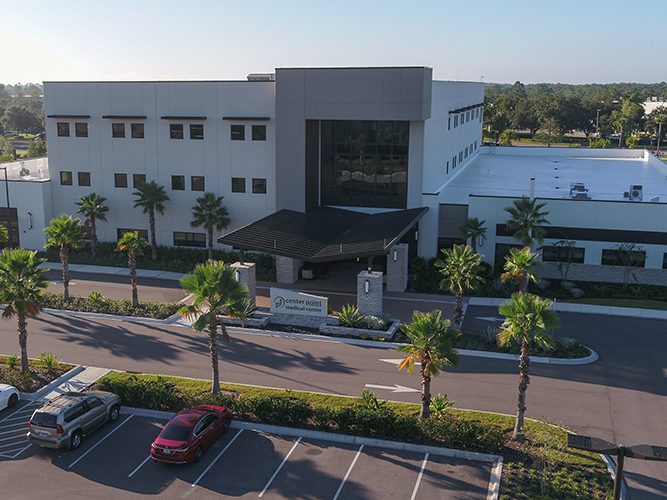
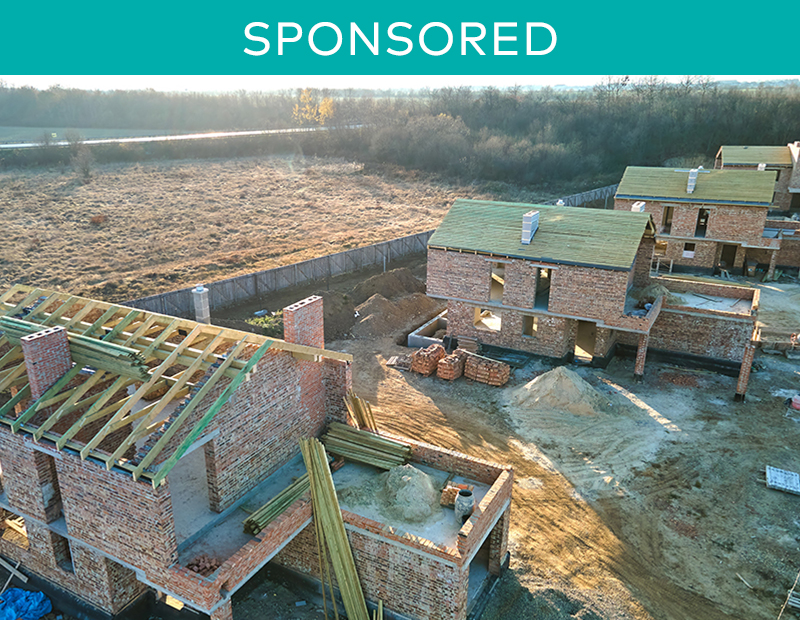
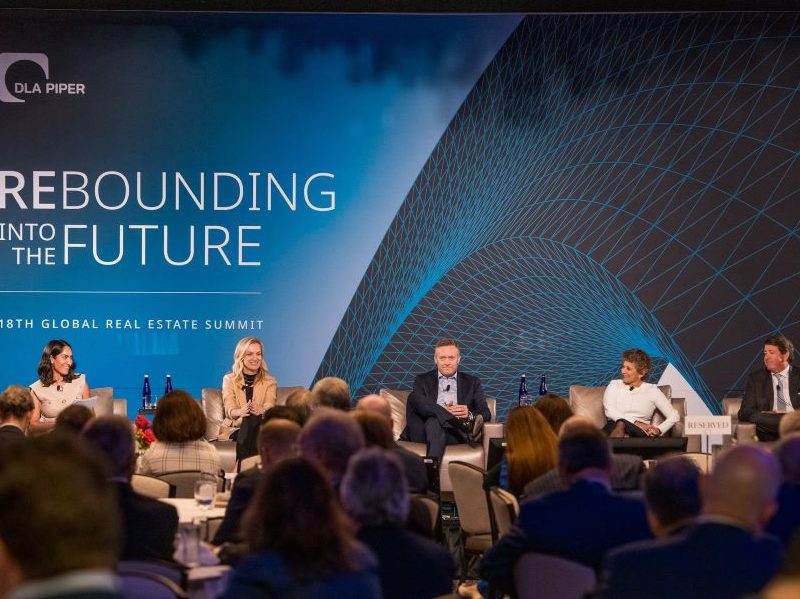
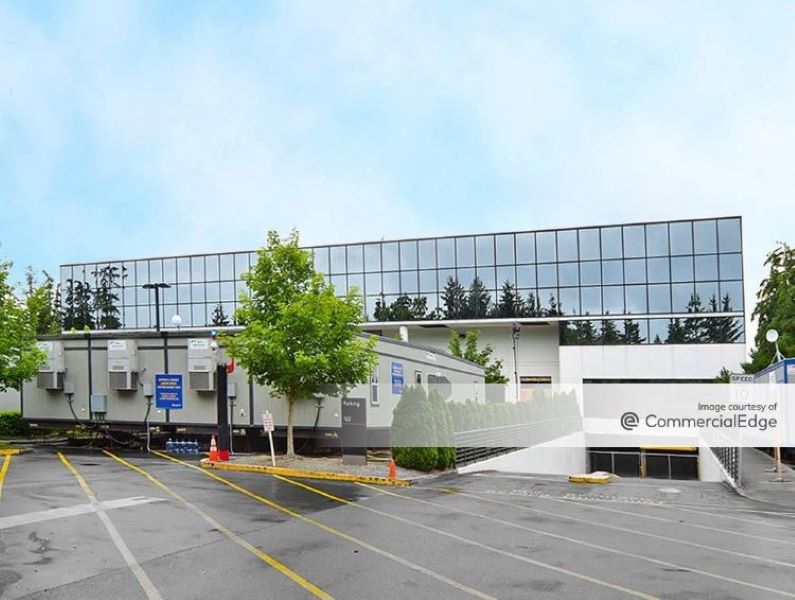
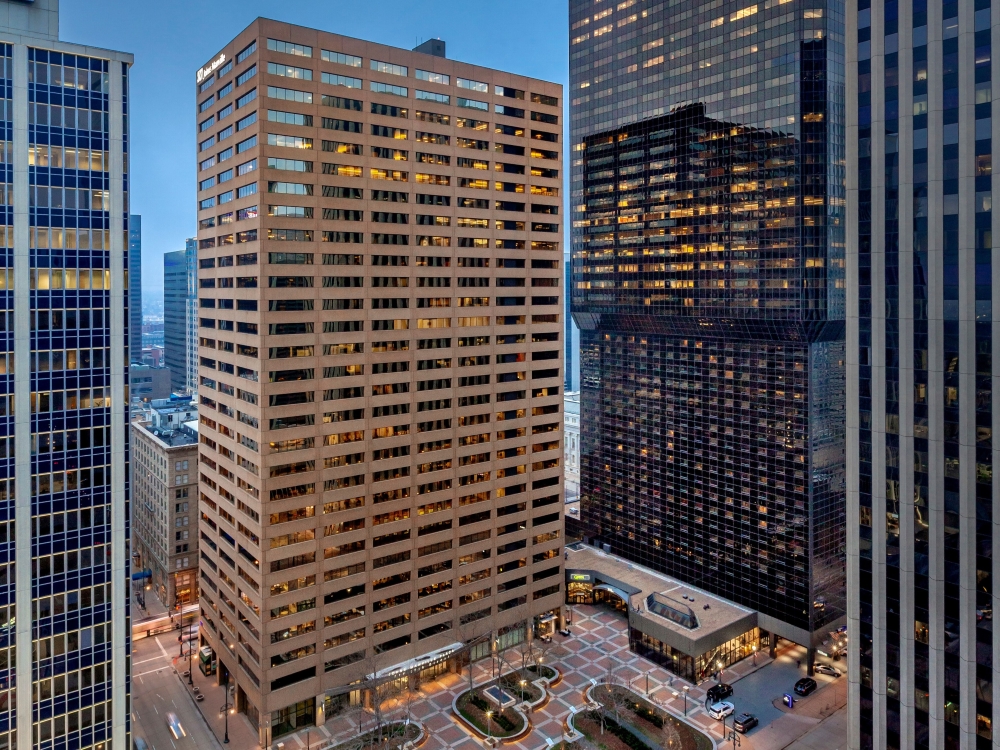
You must be logged in to post a comment.